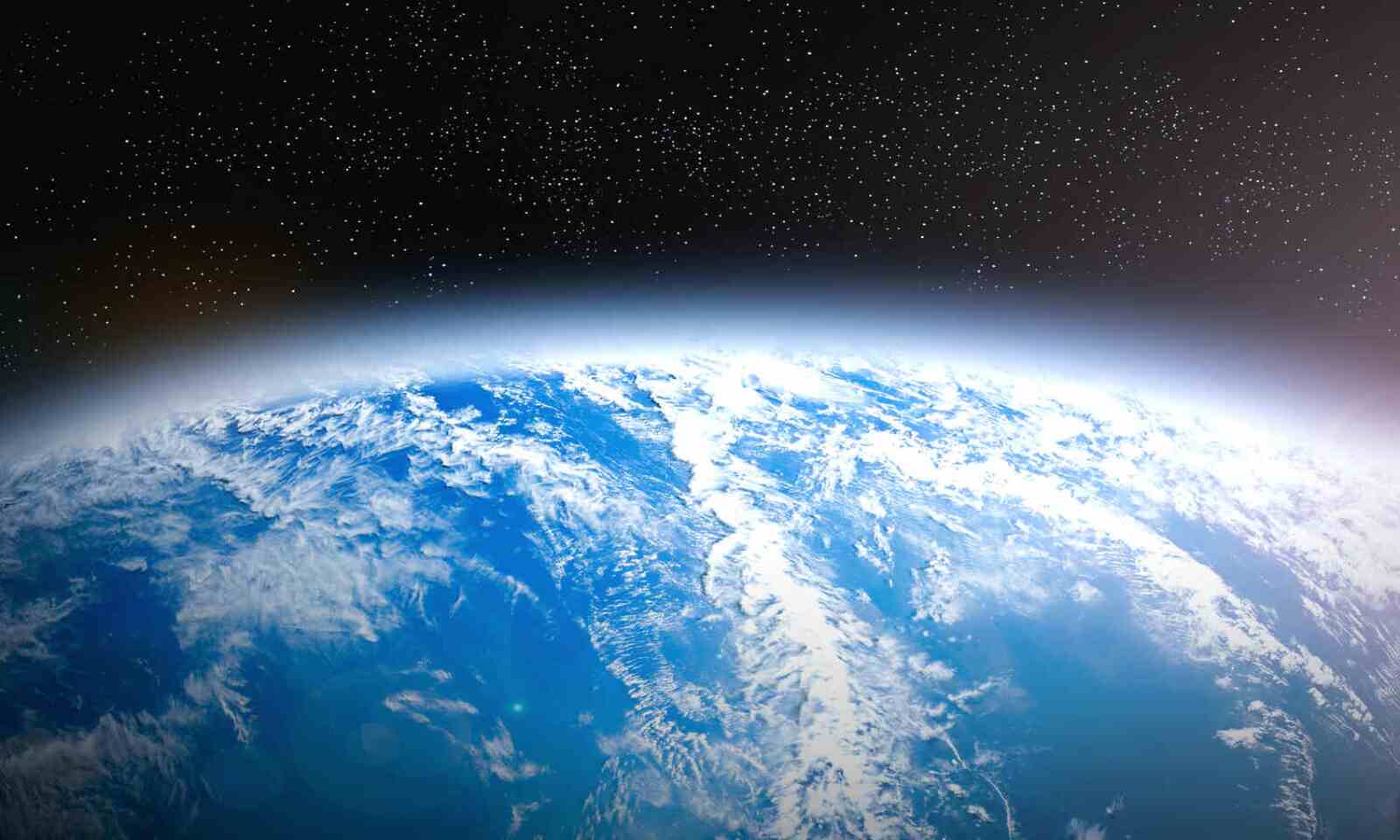Do you ever wonder why the sun feels hotter these days? Or why your skin burns faster than it used to? It's not just your imagination – the Earth's ozone layer is thinning, and it's causing some serious problems.
The ozone layer is a thin layer of gas that surrounds our planet, about 10-50 kilometers above the Earth's surface. It's made up of ozone molecules, which are made up of three oxygen atoms. This layer plays a vital role in protecting us from the harmful effects of the sun's ultraviolet (UV) rays.
UV rays are a form of radiation that can cause skin cancer, cataracts, and other health problems in humans and animals. They can also damage crops and marine ecosystems. Without the ozone layer, life on Earth would be much more difficult and dangerous.
Unfortunately, human activities have caused damage to the ozone layer. In the mid-20th century, scientists discovered that certain chemicals called chlorofluorocarbons (CFCs), which were commonly used in refrigerators, air conditioners, and aerosol cans, were breaking down the ozone layer.
The discovery of this problem led to the signing of the Montreal Protocol in 1987, an international agreement to phase out the production of CFCs and other ozone-depleting substances. Since then, the ozone layer has slowly been recovering.
But there's still work to be done. Some ozone-depleting substances, like hydrofluorocarbons (HFCs), are still being used in some countries. HFCs are less harmful to the ozone layer than CFCs, but they are still potent greenhouse gases that contribute to climate change.
In addition to reducing our use of ozone-depleting substances, there are other steps we can take to protect the ozone layer. For example, using sunscreen with a high SPF can help protect your skin from UV rays. Planting trees and other vegetation can also help absorb some of the UV radiation that reaches the Earth's surface.
Another important way to protect the ozone layer is to reduce our carbon footprint. Climate change can also affect the ozone layer, so by reducing our greenhouse gas emissions, we can help protect both the ozone layer and the planet as a whole.
In conclusion, the ozone layer is an essential part of our planet's ecosystem. It protects us from harmful UV rays and helps to maintain a healthy climate. While progress has been made in reducing the use of ozone-depleting substances, there is still work to be done to fully protect the ozone layer. We all have a role to play in this effort, whether it's by using eco-friendly products, planting trees, or reducing our carbon footprint. Let's work together to ensure that the ozone layer remains our lifesaver in the sky.
